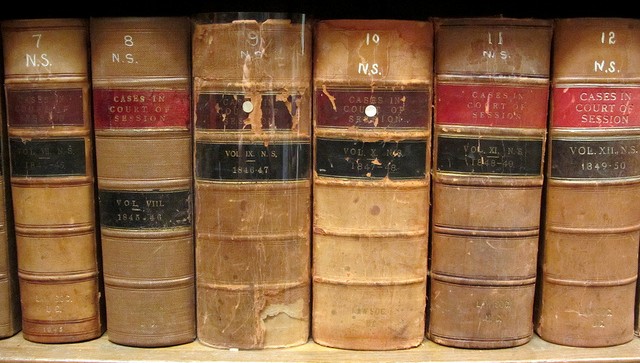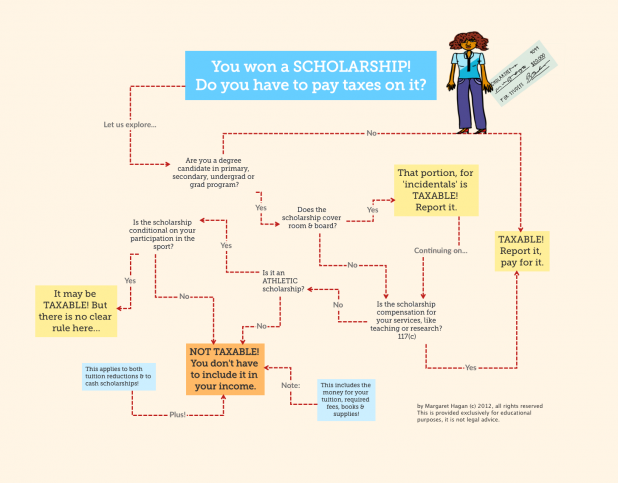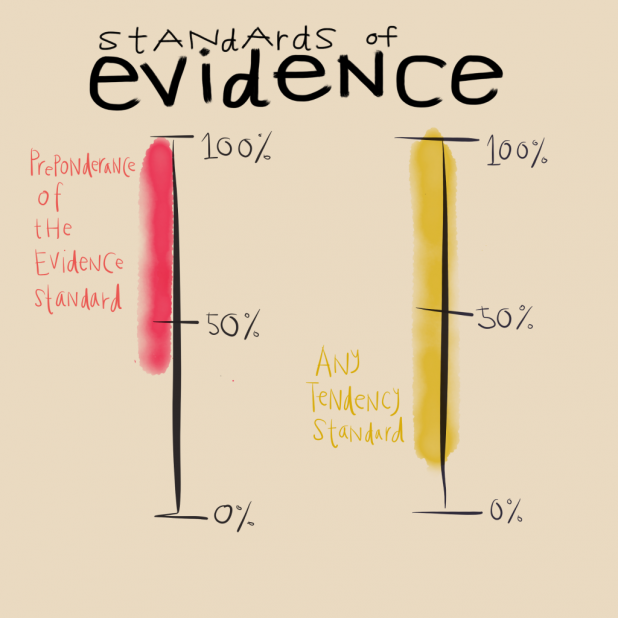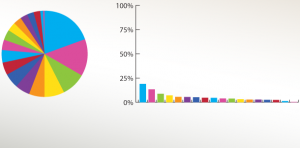When most people think about studying law, they think fat, leather-bound tomes and densely worded texts. The formal, technical and sometimes incomprehensible nature of the wording used in legal documents even inspired it’s own term, “legalese,” as if it were written in a different language entirely. However, some in the legal profession see a role for graphics and design to clarify what words alone cannot. Margaret Hagan, a fellow at Stanford Law School, the creator of Open Law Lab and a lecturer at the Stanford d.school, says that graphical representations of law can help regular people grasp concepts and experiences that are currently buried in dense language. “Law right now tends to be communicated abstractly, which most often leads to confusion and intimidation,” she says. “Graphics can help illustrate the law in more comprehensible & accessible ways.”
Allison is a graduate student in journalism at Stanford University and a 2014 AP-Google Journalism and Technology scholar. She formerly worked as an editor at the PBS NewsHour. You can follow her on Twitter @anmccartney.
2024 State of Marketing Report
Your golden ticket to crush your goals with data-driven insights!
2024 State of Marketing Report
Your golden ticket to crush your goals with data-driven insights!









